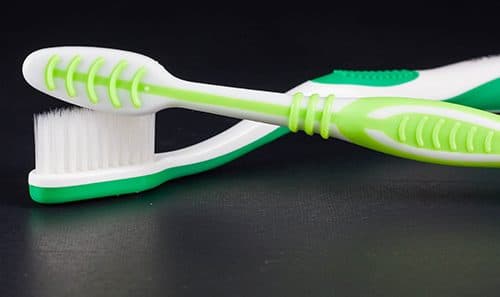
Oral Health Tips: Travel Edition
When you leave on a trip, you probably double-check that evrything’s ready: your clothes are packed,…

Oral Piercing: What you should know
If you have been thinking about getting a piercing, or if you already have one or…

How to Properly Store Your Toothbrush
Have you ever thought about how you’re cleaning and storing your toothbrush when you’re not using…

I brush my teeth regularly. Why do I need to floss?
Brushing your teeth regularly is one of the most crucial parts of maintaining good oral health,…

Snacks for Healthy Teeth while Watching the Big Game
It’s almost game day and you’re wondering what to put on the menu for your guests….

Anxiety, Phobia, and Fear of the Dentist
Not many people look forward to going to the dentist, especially if you already know that…

Great Gifts for Grandparents
Our grandmothers and grandfathers, our moms and dads—we’ve known them our whole lives. So, why are…

Do we have your current contact info?
As you probably know, you can always connect with Dr. Nicola Crichigno and our team by…

How Do I Care For My Pet’s Teeth?
Our pets are a valued part of the family, but dogs and cats are not regularly…

Caring for Your Dog’s Teeth
It may come as a surprise to learn that dogs, like humans, have both baby and…


